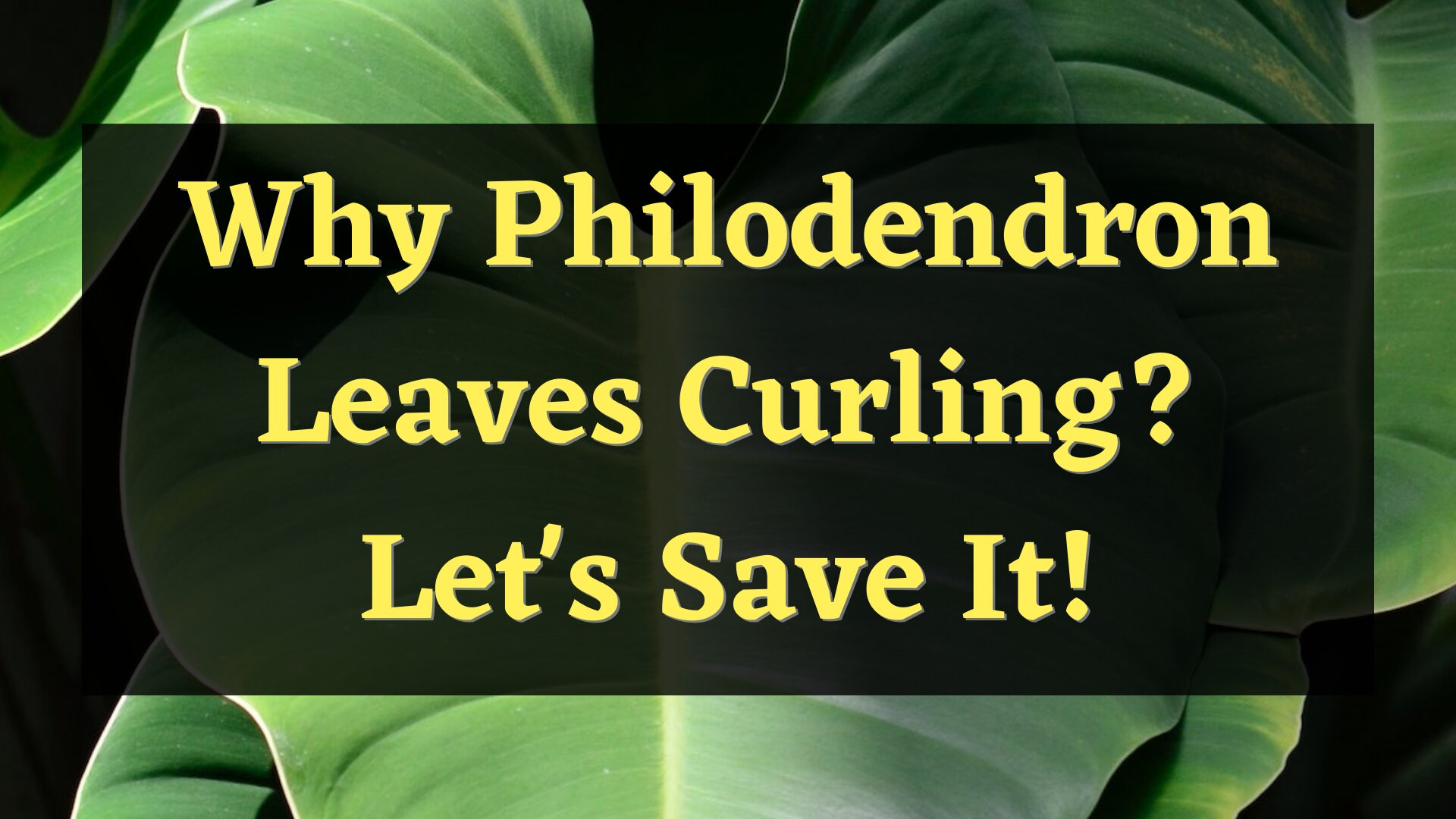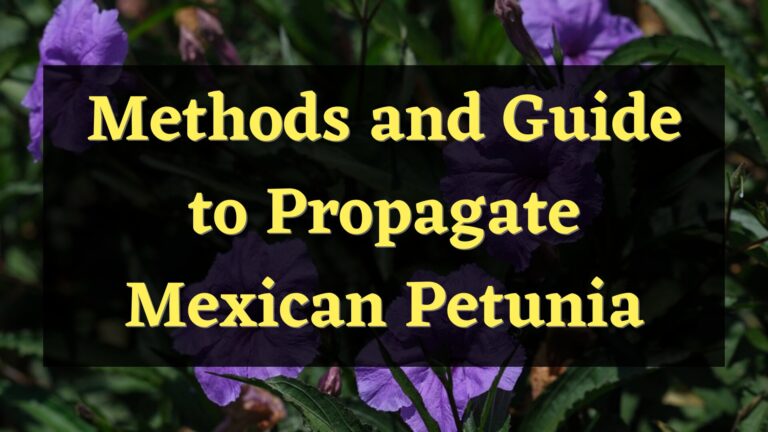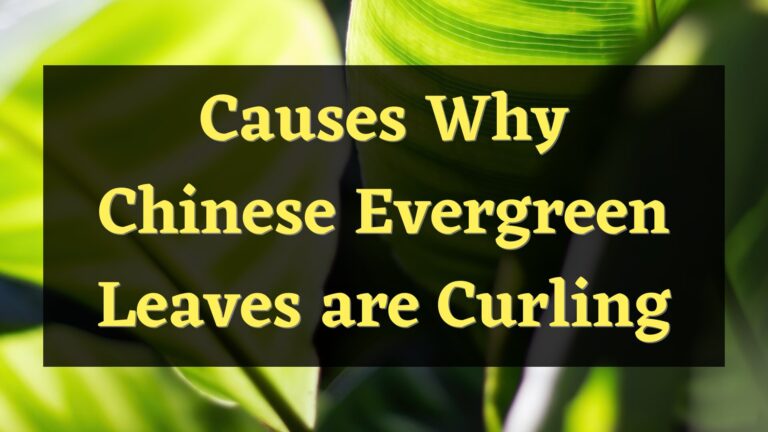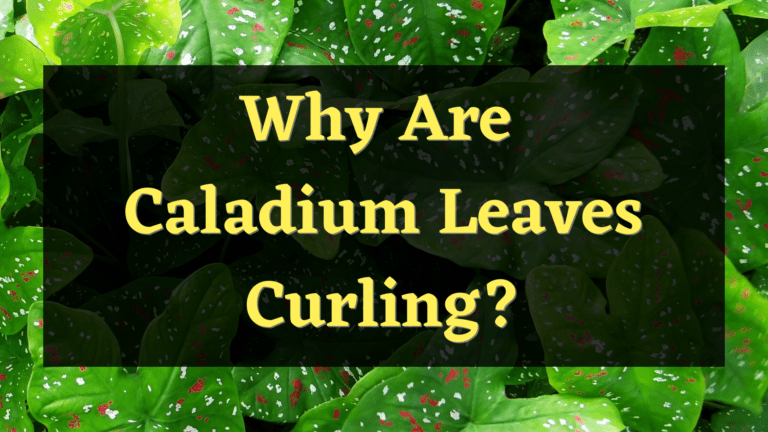Philodendrons have a very refreshing appearance that can brighten up your living or working spaces. However, when Philodendron leaves start curling, it becomes so upsetting to know what is causing the issue. But if this occurs, do not panic because this problem can be treated fairly easily. Read this article to learn why your philodendron has this problem and how to treat it.
5 Reasons why Philodendron leaves are curling
Dry soil
Since Philodendron is a tropical plant, it typically needs a lot of moisture and humidity. As a result, if your plant doesn’t receive enough water, its leaves will begin to curl or, worse, it will wilt and die. By curling its leaves, your philodendron is aiming to decrease the exposed surface area and lessen excessive water transpiration. Because of this, curled leaves are an indication that your philodendron needs more water.
While dry soil is acceptable on occasion, chronic dehydration will harm your plant and cause symptoms. Periodic soil drying is acceptable, but persistent dehydration will eventually injure your plant; curling leaves will be the result.
Overfeeding
Too much fertilizer might harm the cells in your plant’s leaves and roots. When its leaves curl downward and begin to darken or develop brown blotches, this is a clear and visual sign that you are overfeeding your philodendron. Additionally, too much fertilizer might make the roots of your plant shrivel, which will also hinder the plant from taking in water and nutrients. Lastly, it might also increase your plant’s susceptibility to pests and disease.
Stress
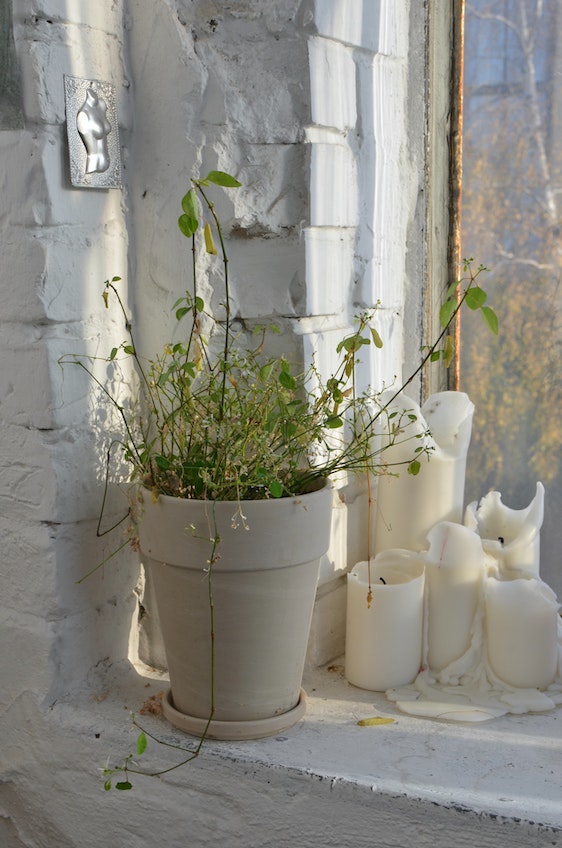
Generally speaking, philodendrons can tolerate a wide range of indoor temperatures. In chilly climates, it struggles. Your plant will probably perish if you maintain it at temperatures below 55 °F for a lengthy period of time. The plant loses more water as a result of the high temperature, which also makes the leaves wilt and curl. On the other hand, a cold draft or even a brief exposure to cold air can seriously harm the leaf cells of your plants.
In response to a sudden cold breeze from an open window or air conditioner, the cell saps of the leaves may begin to freeze. The volume of frozen cell sap increases, harming the cell membrane and ultimately killing certain cells.
Rotting roots
For plants, the root system serves as their main supply of water and nutrients. If the roots are damaged in any way, your philodendron will no longer be able to absorb water
and other requirements, and the lack of nutrients and water will eventually cause the leaves to curl and change their colors. Wet or perpetually moist soil is a haven for fungus-causing diseases.
Root rot disease is brought on by overwatering and inadequate drainage, which allow the roots to suffocate and receive insufficient oxygen to function correctly. This leaves the roots open to fungal infection. As a result, philodendron exhibits signs like curled or discolored leaves. If your soil has a frequently rotten or foul smell, rotting roots may be present.
Water Quality
In most cases, tap water contains minerals including salts, fluoride, and chlorine. Salt build-up renders nutrients that are unavailable to the root system. Your leaves may curl, become brown, and your soil may develop a white crusty surface as a result. Additionally, shock from cold water might damage the roots of your tropical plant.
Tips to prevent Philodendron leaves from curling
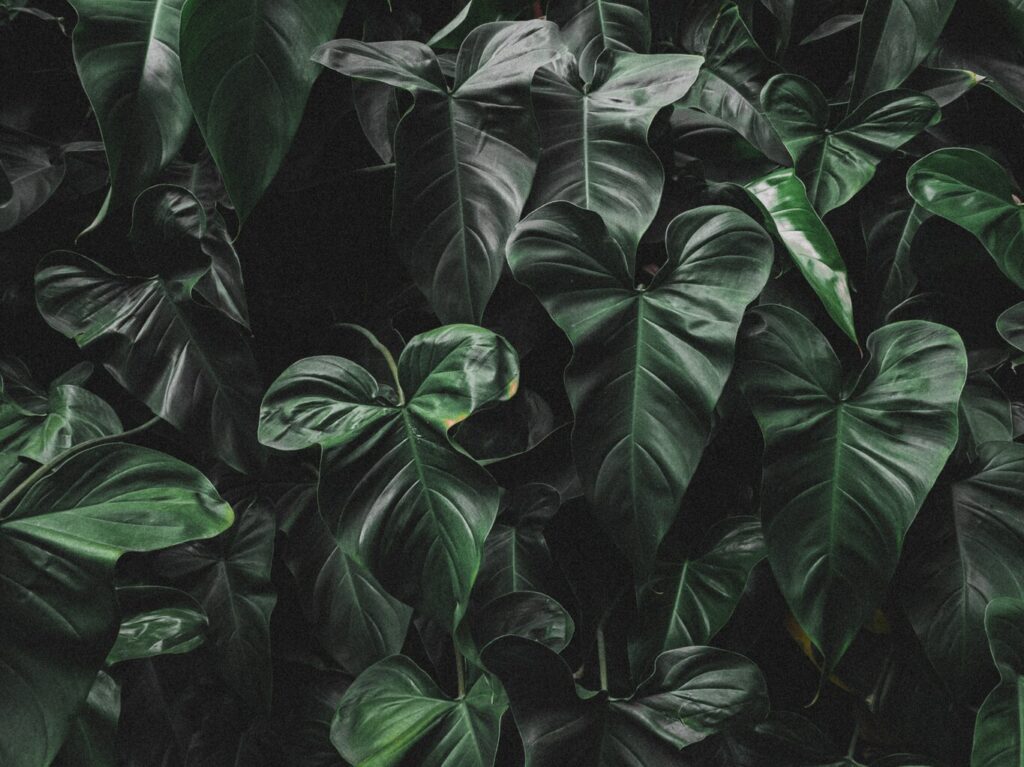
Dry soil
Your philodendron will require more water if it is in a warm and bright setting as opposed to a cooler, low-light one. Wait until your plant’s top inch of soil is fully dry before determining whether or not to give it water. You are giving your plant adequate water if you see that the soil is consistently damp. However, when your philodendron is hanging, it will require more water since the soil will dry up more quickly than if it were in a pot.
Overfeeding
Because each fertilizer has distinct requirements for every plant, you must carefully read and study the directions before using it. If you’ve over-fertilized your plant, cut back on your fertilizer and let the soil soak. If slow-release fertilizer was used on the philodendrons, they must be repotted.
Stress
Your philodendron should be kept at a temperature of roughly 60 to 80 °F during the day. If the temperature drops below the required level, do not leave your philodendron outside or close to an open window. The damaged leaves should be removed because they won’t be able to grow back. Lastly, do not place your plant near a heater or air conditioner.
During the growing season, it is advantageous to apply fertilizer to promote the growth of your plant. However, you should fertilize at least every 6 to 8 weeks throughout the cooler winter month.
Rotting roots
Repot your plant in fresh soil, and ensure the drainage system is functional. Roots should be cleaned, and any discolored or soft roots should be removed to prevent diseases from spreading. Make certain that your plant is in a pot with adequate drainage. And to ensure optimal aeration, always water your plant when the soil is completely dry.
It is also advised to throw away your Philodendron when all the roots are soggy. Although, you can still save it if the roots are still white and solid.
Water Quality
To prevent this, you must use filtered water. Putting your water in a container overnight will help reduce the amount of chlorine in it if you do not have water filters. The philodendron only requires lukewarm water because it is a tropical plant. Fill a watering container with water and keep it at room temperature for two days to make sure that it is lukewarm before you water your philodendron with it.
Conclusion
There are many reasons why philodendrons’ leaves curl. However, once you start noticing this problem, there is no reason to panic because this can be treated easily. Finding out the cause of the problem is the first thing that you would want to do so that you can easily find the right treatment that your plant needs.
Meet Tomas Clayton, a seasoned plant gardener who has been passionate about horticulture since he was a child. Tomas John developed a love for the natural world and a strong appreciation for the beauty of plants while growing up on a farm.

